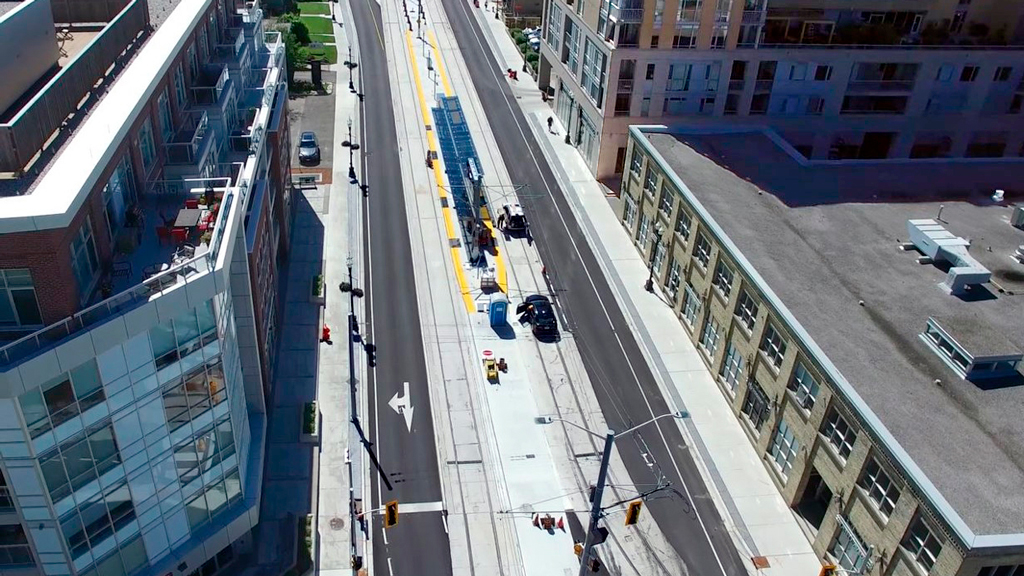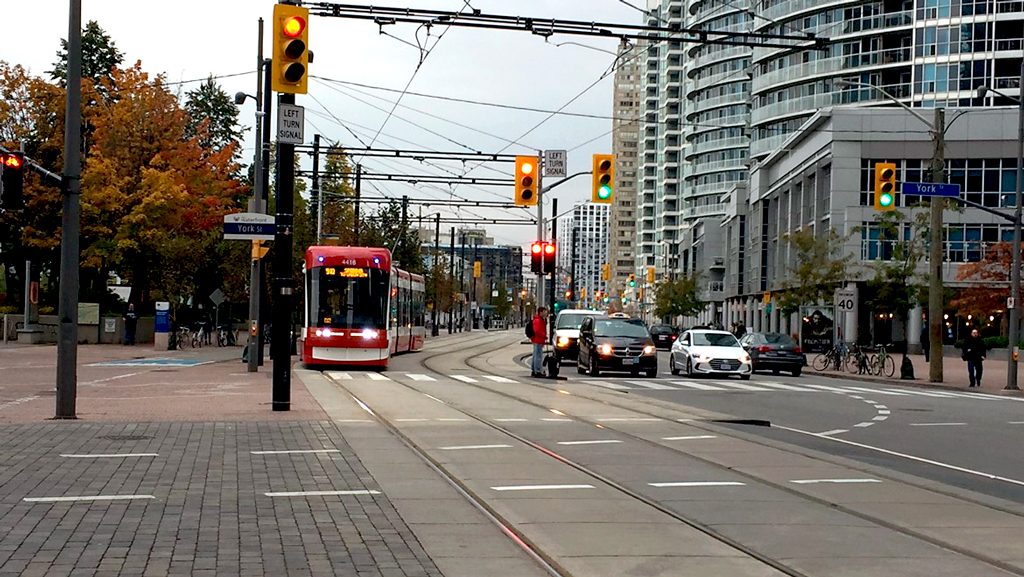After years of uncertainty, the launch of Hamilton, Ont.’s billion-dollar LRT project is now squarely in sight, and the local construction community is eager to reap the benefits.
That’s the word from Sue Ramsay, general manager of the Hamilton-Halton Construction Association (HHCA), which hosted its annual construction forecast event Jan. 25.
Trevor Horzelenberg, manager of the LRT project for the City of Hamilton, was on hand to present an overview of the build.
“I think there’s a lot of confidence in what a project of this size means to a city like Hamilton,” said Ramsay after the event. “This is a transformative project for downtown Hamilton. There will be a lot of work around this project, even if they (contractors) aren’t working on the LRT themselves.”
Hamilton council voted in December to accept a compromise on community benefits after initially requesting that Metrolinx and the province ensure the local transit authority be involved in the operation and maintenance component of the procurement contract, a stance that threatened to delay the procurement timeline.
Horzelenberg said the request for proposals for the design-build-finance-operate-maintain contract for the project is on track to be released this spring and that the contract would likely be awarded next spring. Construction is currently slated to start next year and 2024 is targeted for completion.
The line will run 14 kilometres east-west along the King Street corridor in Hamilton with Eastgate Square as the eastern terminus and McMaster University the last western stop. There will be 17 stops located 600 to 800 metres apart, and 30-metre cars running on electric power will run every six minutes during prime hours. The system will be able to accommodate two cars at a future date.
The addition of a terminal at McMaster was one of a number of revisions from a 2011 version of the planned project, along with a change in alignment, enhanced pedestrian connection from the LRT line to the Hamilton GO Centre, incorporation of plans for an extension of Frid Street and planning for an Operations, Maintenance and Storage Facility (OMSF) in the Longwood area that required additional environmental assessment. A final Environmental Project Report Addendum was approved last July.
Horzelenberg said in an interview the OMSF will be a major early build.
“It is a major component and it will probably be one of the components that the project company working on this will have to start building right off the get-go because it will have to be up and running before we can operate,” he said.
Since the OMSF will be located within the Hamilton innovation park, the main administration buildings will have to be designed to strict guidelines, said the project manager.
King Street, one-way since the 1950s, will become a two-way street and a new LRT-only bridge will be constructed over Highway 403 to connect Main Street West and King Street West. Horzelenberg said maintaining traffic capacity as King Street goes down to two lanes will require careful planning.

“When you think of the west end of the city, there are only three crossings to go across the 403 east to west,” he said.
“When you look at lane capacity you have to maintain the King Street capacity over the 403 going westbound.”
The team will look at different road configurations at York and Dundurn streets to find a solution, said Horzelenberg.
The project is difficult in other respects as well he said, identifying utility relocation, a grade separation at the CP Rail tracks near Gage Avenue, removing most on-street parking along the route, accommodating loading zones for businesses, maintenance of snow removal and waste collection operations, a new set of turning radii, traffic movements and new streets, and “the things we do not yet know.”
Locating underground utilities will no doubt fall into that last category, Horzelenberg said.
“Metrolinx, through their technical adviser, has done some significant ground-penetrating radar, significant investigation into utilities,” he said. “Hamilton is a lot different from any other project that the province or anywhere in North America has done. It is such a narrow corridor in an old historic city. We do have a lot of concern over what is buried underground and where are those utilities.
“Radar only gives one snapshot. There are situations where there are basements under the sidewalk, under the existing infrastructure, or old coal chutes for example.
“Luckily around the table we have very experienced people who have been around and have reconstructed this road in other projects over time so they have a good idea of what may be under there or have done similar roads nearby.”
Among the consultants working with Metrolinx and the city so far have been Steer Davies Gleave, J. Bruin Associates, Aecom, SNC-Lavalin, Dialog, Thurber Engineering Limited, J.E. Coulter Associates Limited, RWDI Air Inc., Archaeological Services Inc., Natural Resource Solutions Inc., Bruce Tree and ASI Archaeological & Cultural Services.











Recent Comments
comments for this post are closed